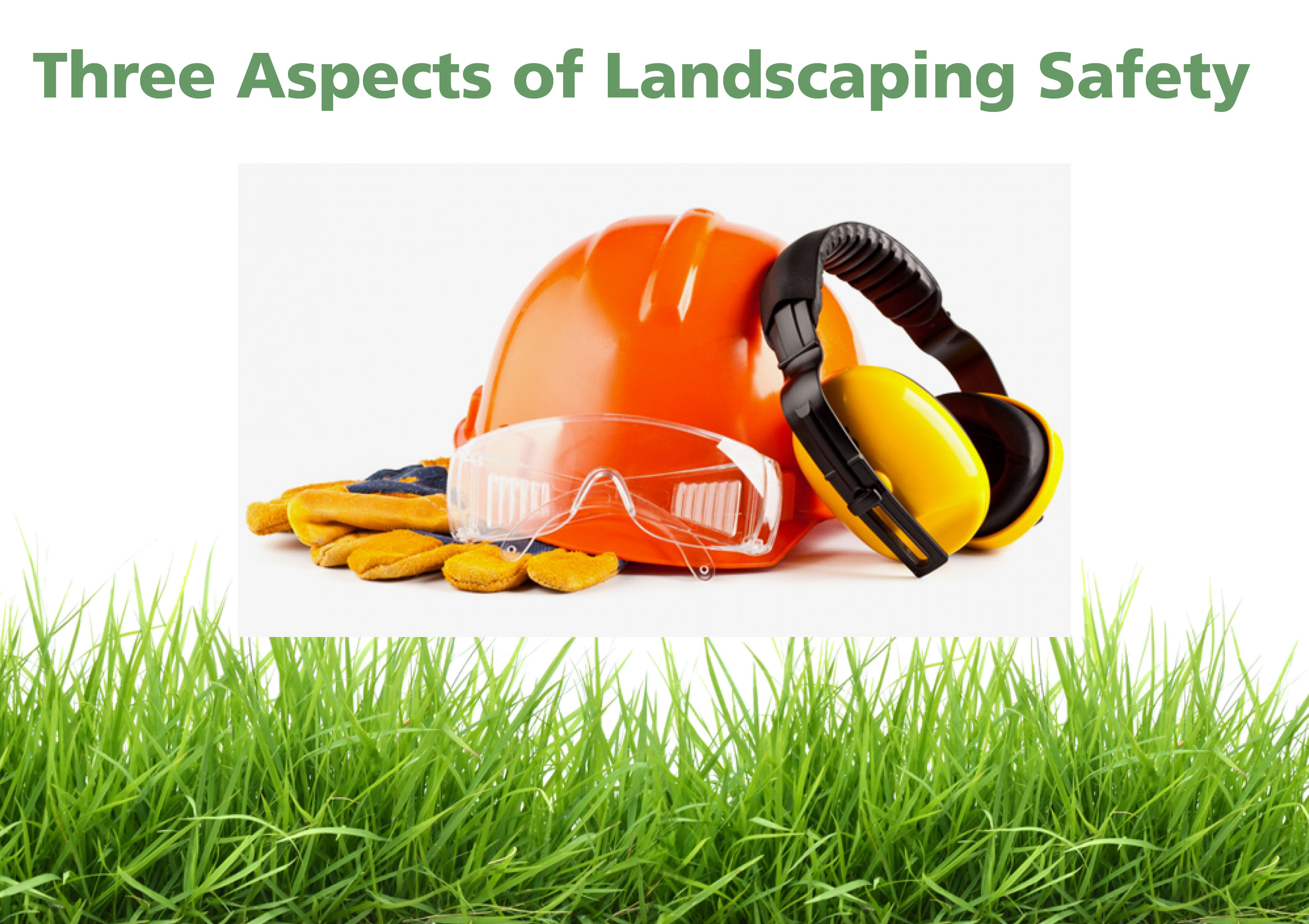
Spring signals the start of the busy season for landscaping professionals. As business ramps up, landscaping professionals may begin to neglect safety training. While overlooking regular safety training isn’t always willful negligence, it has serious consequences.
Companies are vulnerable to lawsuits, fines, and tarnished reputations when accidents happen on the job. Employers are responsible for workplace safety, but what exactly does workplace safety entail? OSHA outlines specific safety requirements that employers must follow.
OSHA requires the employer to provide the following safety conditions:
- Provide a workplace free of serious safety hazards and comply with standards, rules, and regulations outlined in the OSH Act.
- Ensure that workplace conditions conform to OSHA standards.
- Make sure that workers have and use safe tools and properly maintain equipment.
- Use color codes, labels, or posters to signal potential hazards.
- Establish and update operating procedures and communicate them so that employees adhere to correct procedures.
- Provide safety training to employees that all employees can understand.
- Develop a hazard communication program that trains employees on the hazards they will be exposed to and the proper precautions when handling hazardous chemicals.
- Document any workplace accidents and injuries.
Landscaping is subject to its own set of workplace hazards, and business owners are liable for the safety of their workers.
The 3 Aspects of Landscaping Safety
The topic of landscaping safety is immense. Different jobs will have their own unique set of dangers. Landscaping employers should prepare their workers to anticipate and deal with all worksite hazards.
Three Core Areas of Landscaping Safety:
1) Equipment Maintenance
2) Personal Protective Equipment
3) Job Site Hazards
Routine Equipment Maintenance
Regular maintenance will not only save money by reducing untimely equipment failures but can prevent landscaping employees from being exposed to harmful situations. Landscaping professionals commonly use sprayers, but maintenance is often overlooked on a busy day. Sprayers need daily rinsing to maintain the integrity of the pump and seals.
Leaving chemicals inside a sprayer for extended periods will eventually lead to equipment issues, such as leaks or lack of pressurization. These equipment failures could expose employees to pesticides and herbicides, and long-term exposure to these chemicals can be detrimental to the health of employees.
Personal Protective Equipment
Routine equipment maintenance can help prevent equipment failures that might expose employees to hazardous chemicals, but regular maintenance isn’t fool-proof. Accidents happen. Employers need to make sure that employees are wearing personal protective equipment when an accident occurs.
Personal protective equipment is equally essential on the job as sprayer maintenance is at the end of a busy day. Personal protective equipment is clothing designed to protect the wearer from injury or illness. Many landscaping jobs require the use of personal protective equipment.
Different jobs require different types of personal protective equipment. Protective eyewear is necessary when working at a job that has flying debris. If using noisy equipment, like a chainsaw or mist blower, earmuffs are necessary to protect against hearing loss. When working with pesticides, employees will need respirators and long-sleeved clothing. Landscaping employers should consider their services and purchase the appropriate personal protective equipment.
Assessing Job Site Hazards
The third cornerstone of landscaping safety is a safe work environment. Before even starting a job, landscaping professionals should inspect the worksite.
Large debris hidden in the grass can damage lawn care equipment or pose a flight risk to workers. Take note of puddles or things lying in the middle of walkways, as employees could trip over debris or slip on puddles.
Workers should also inspect a worksite for pests and poisonous plants. These environmental issues are a hazard to the health of landscaping employees.
Safety Training Is Key
Regular safety training is critical. Training landscaping employees prevent unnecessary accidents to employees and equipment.
